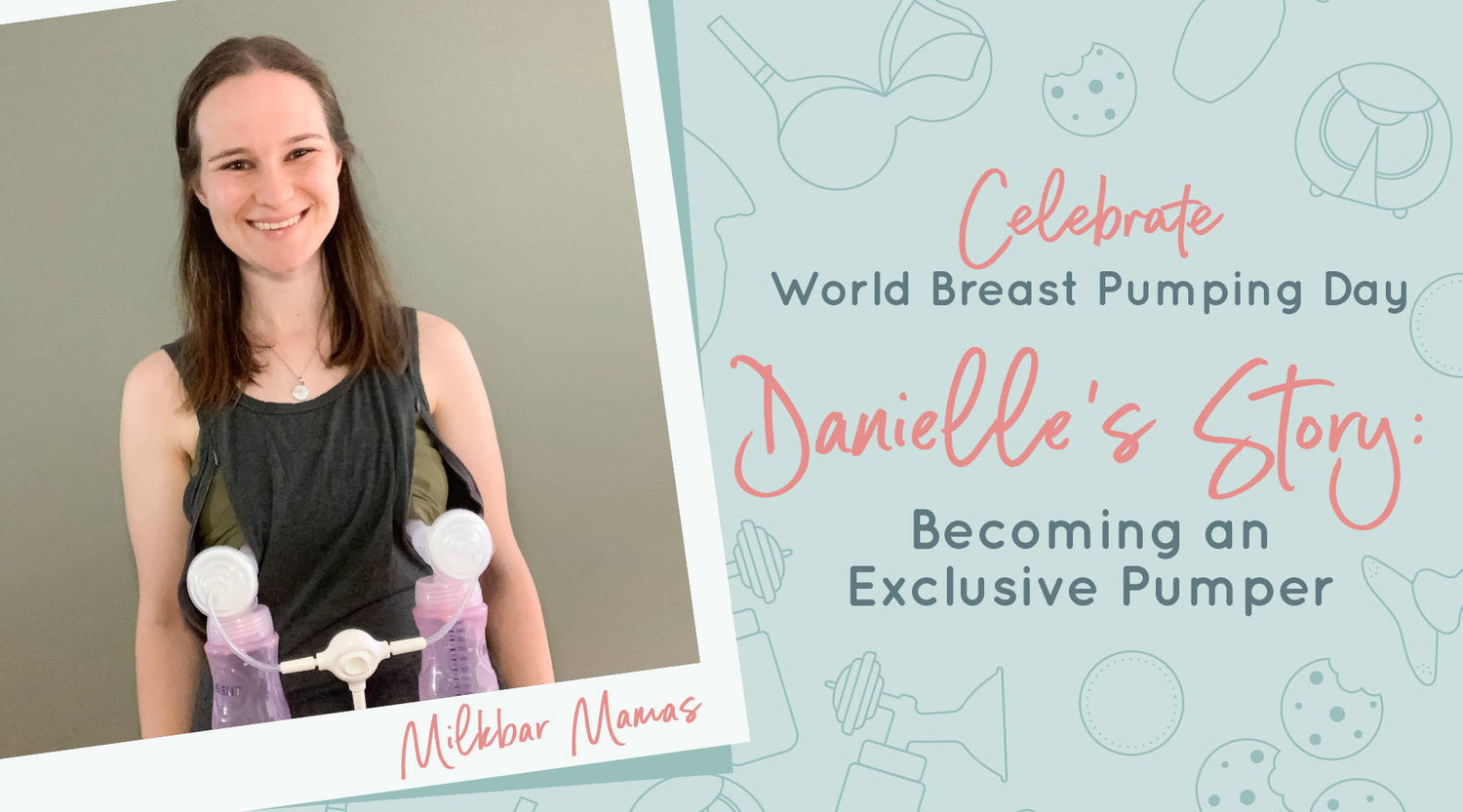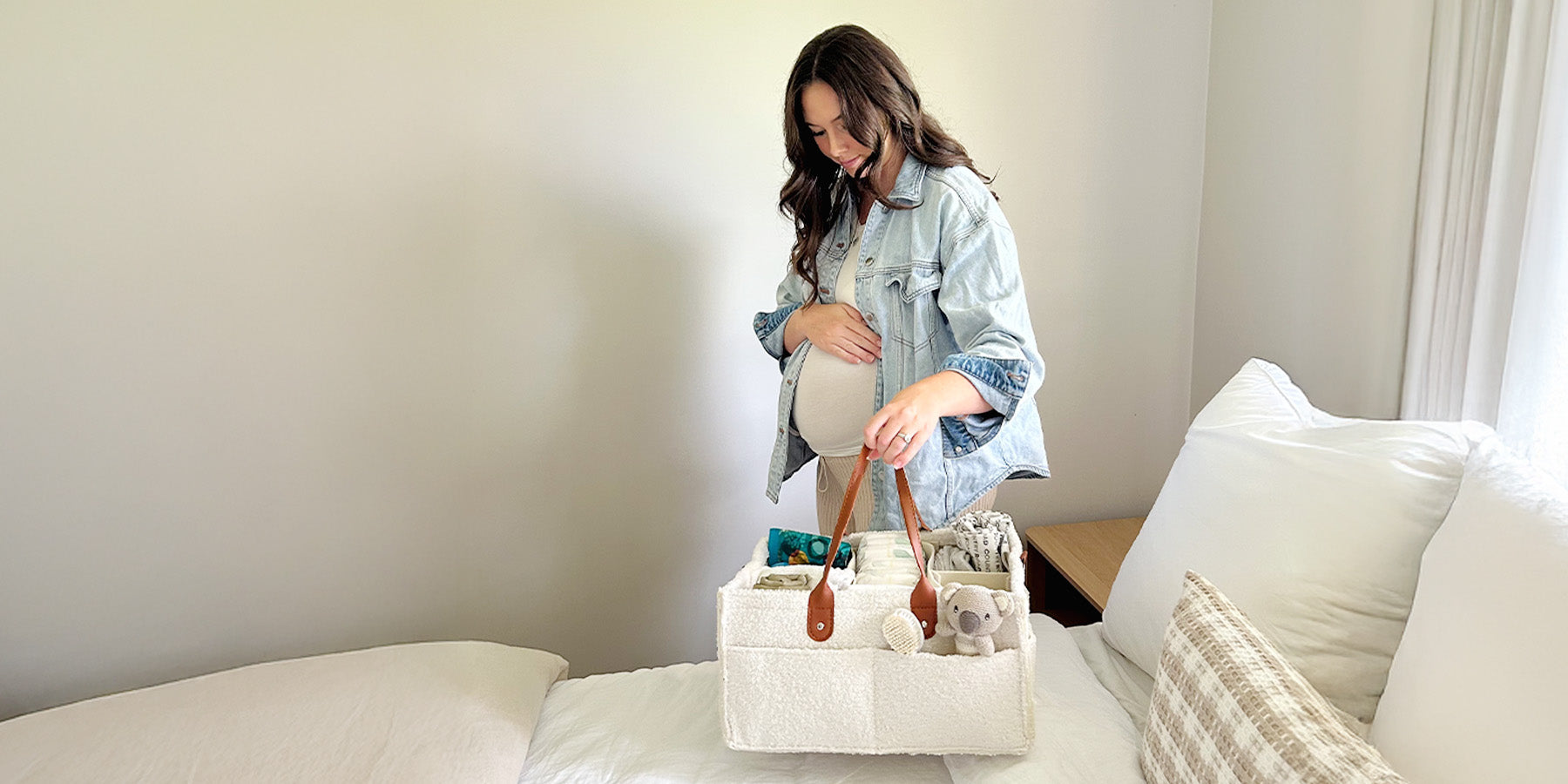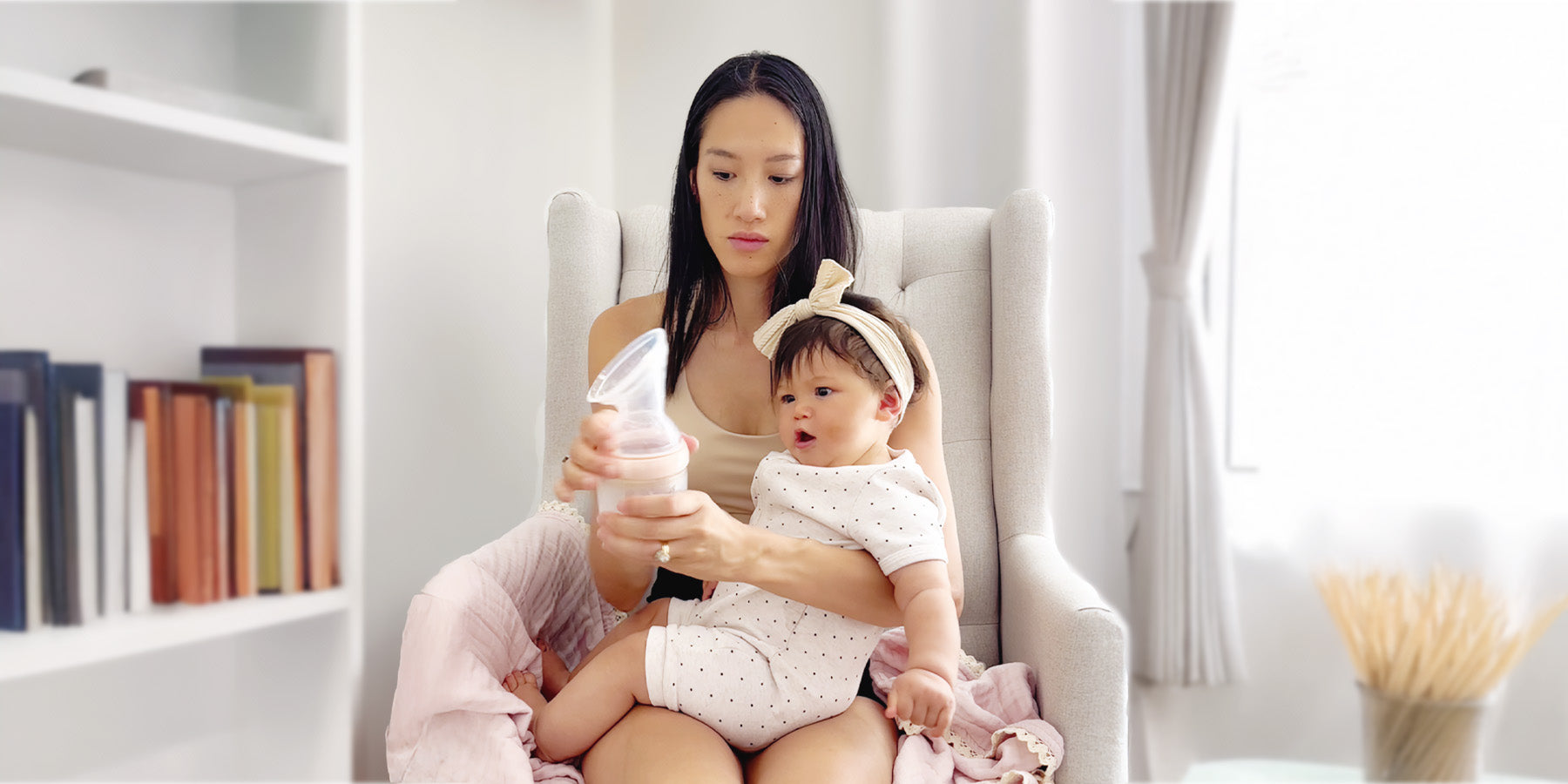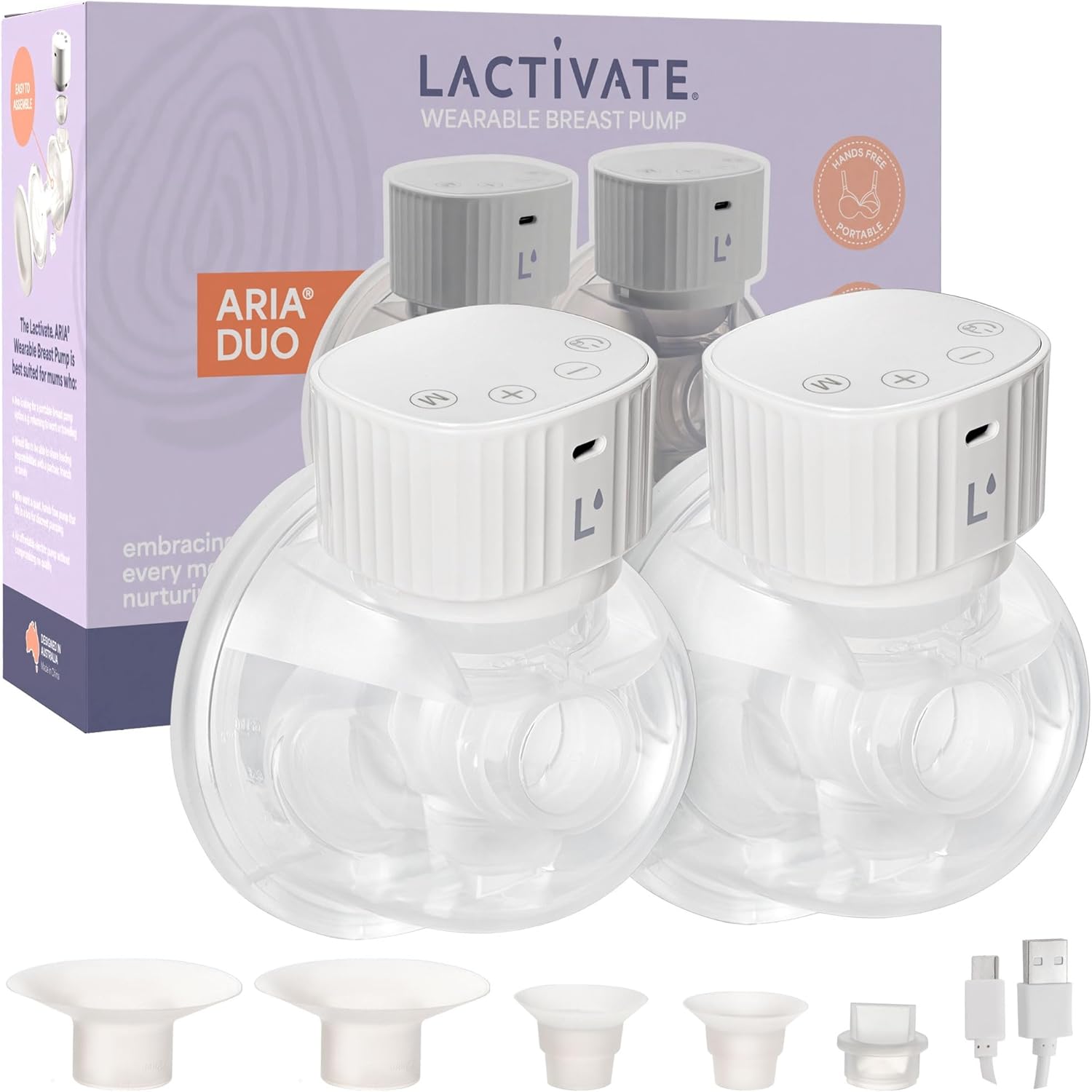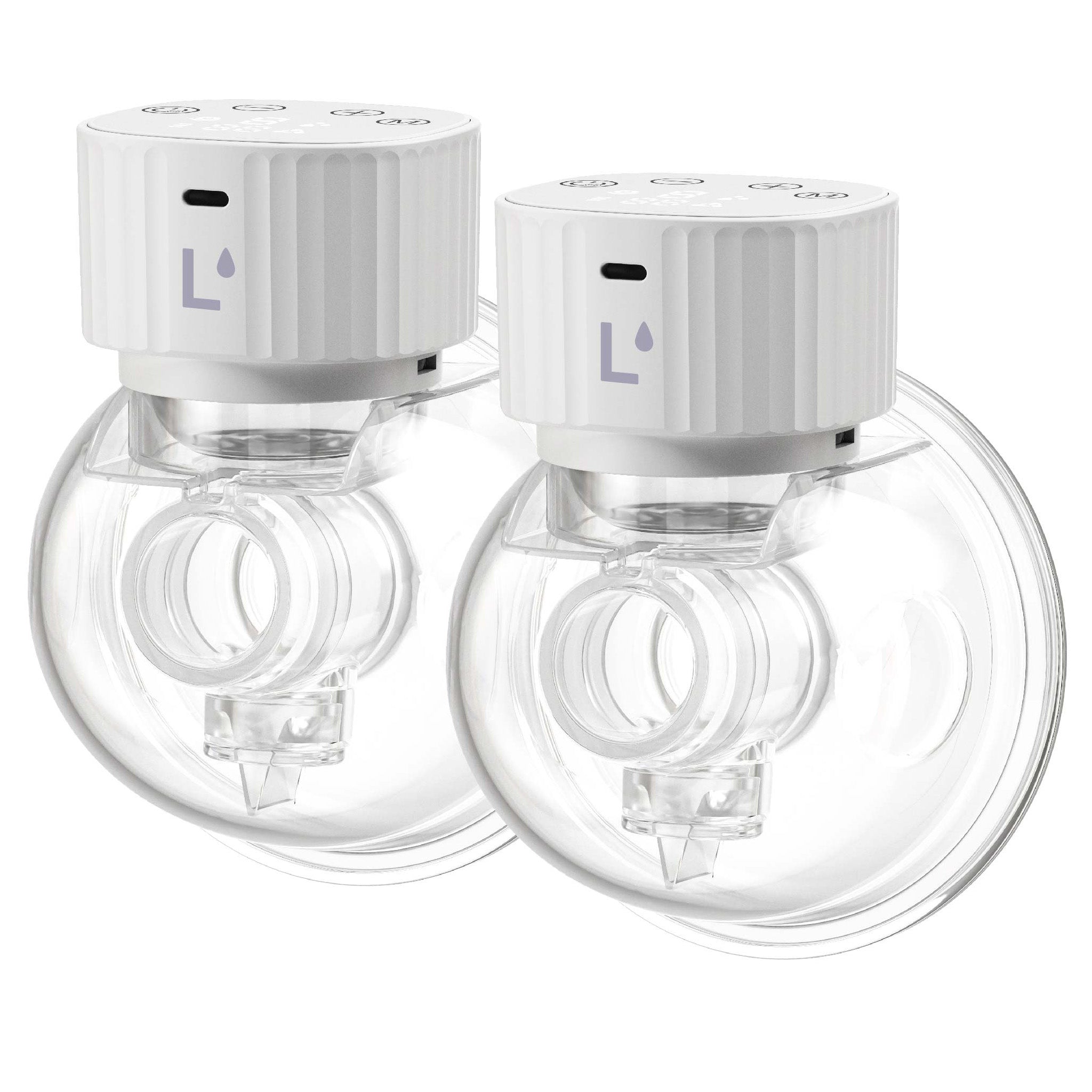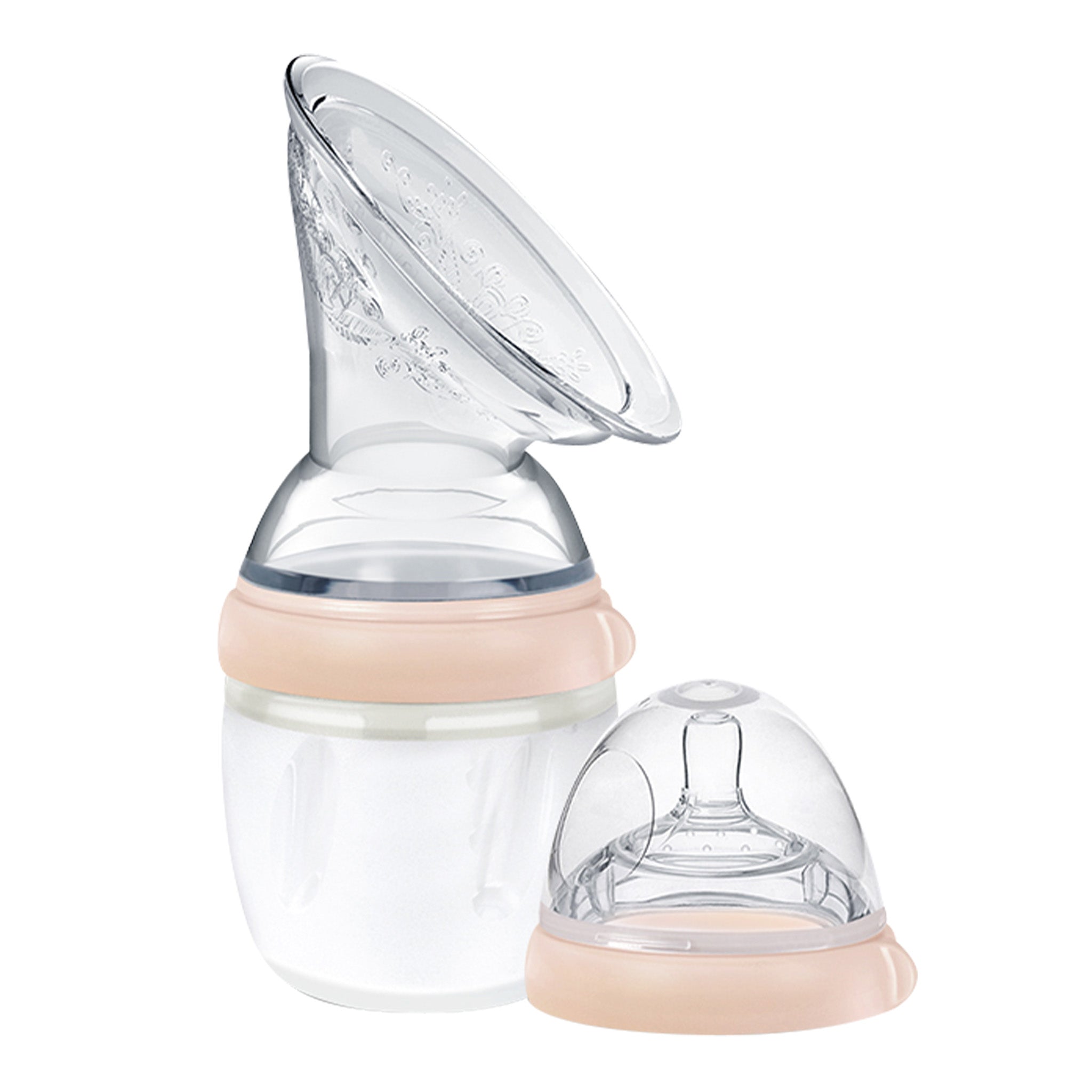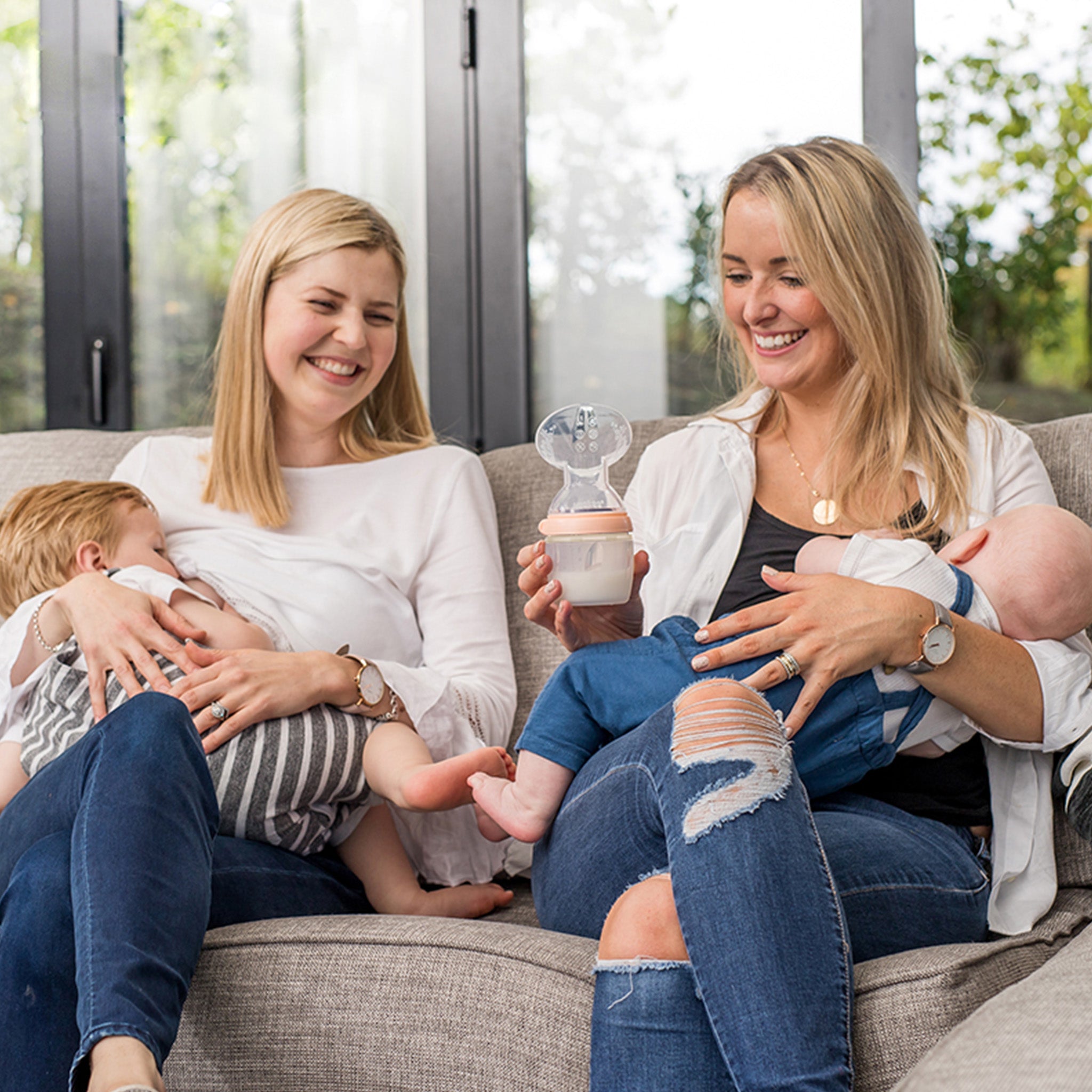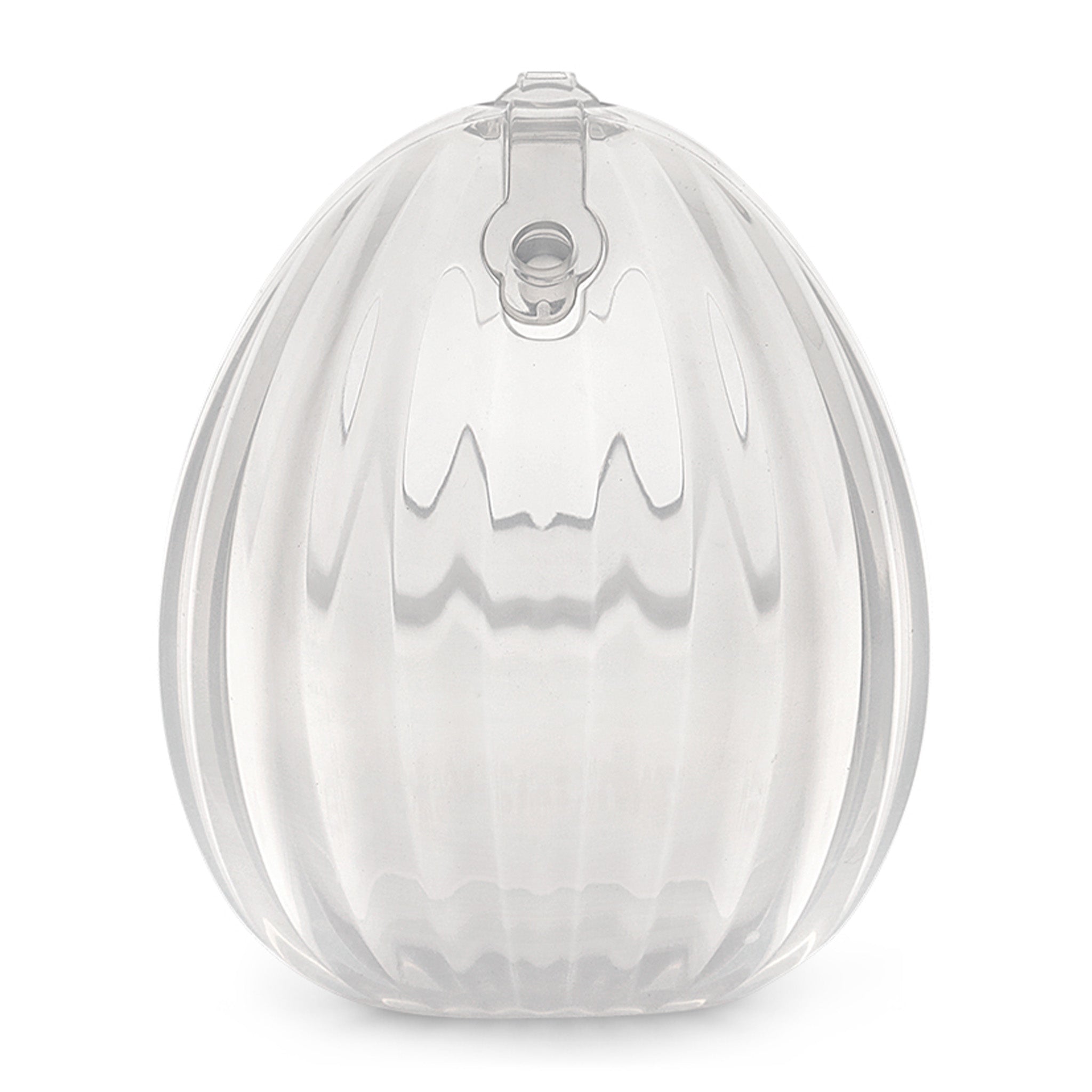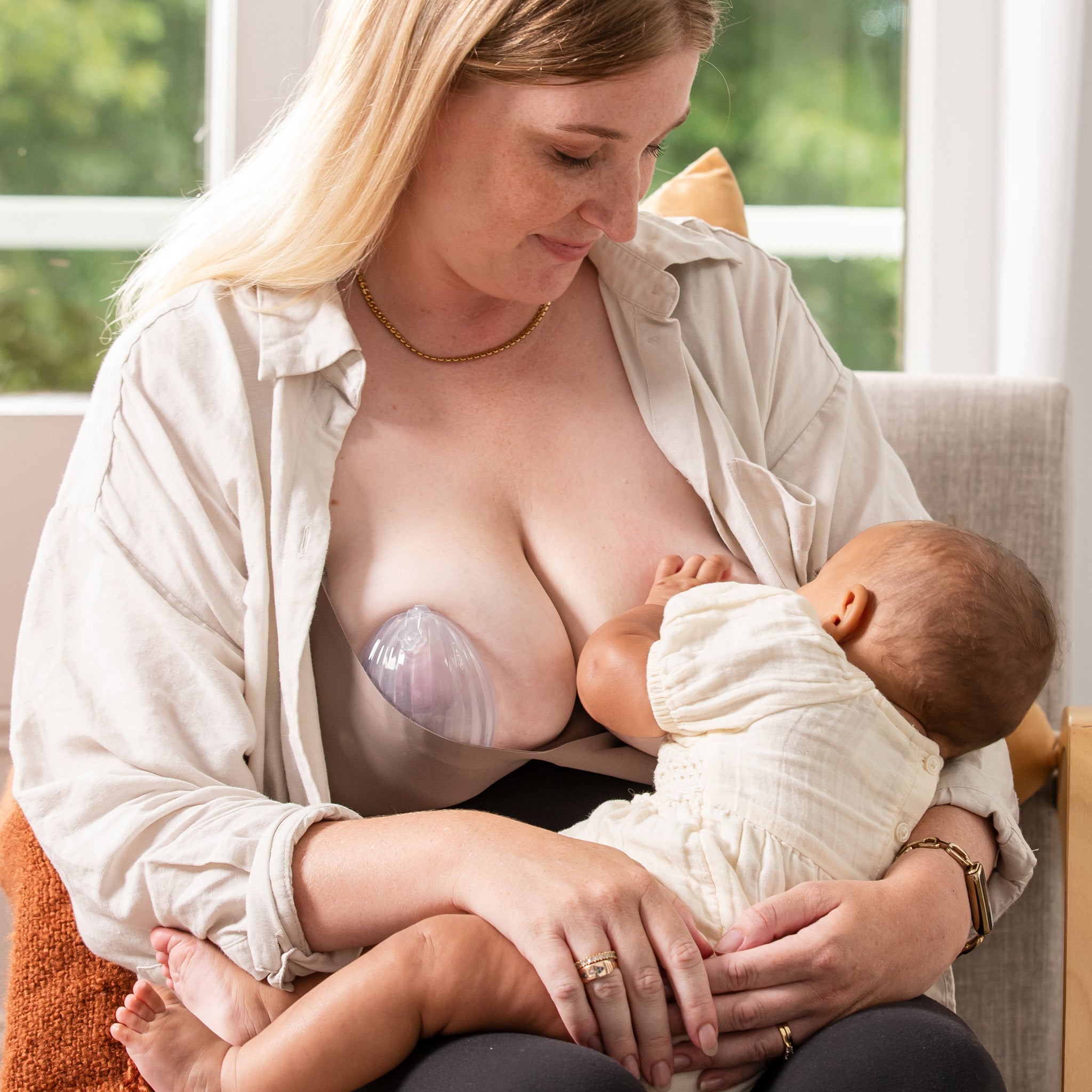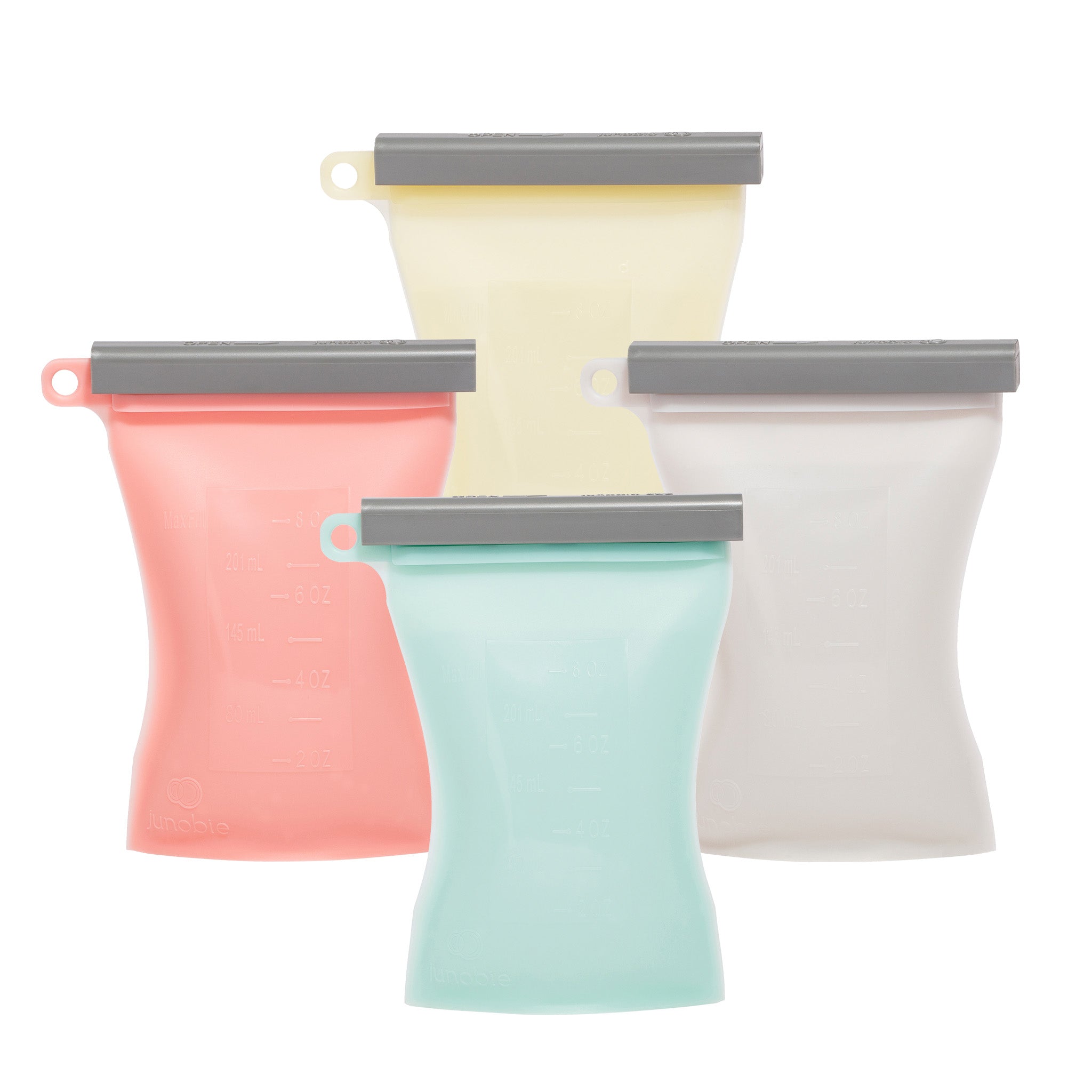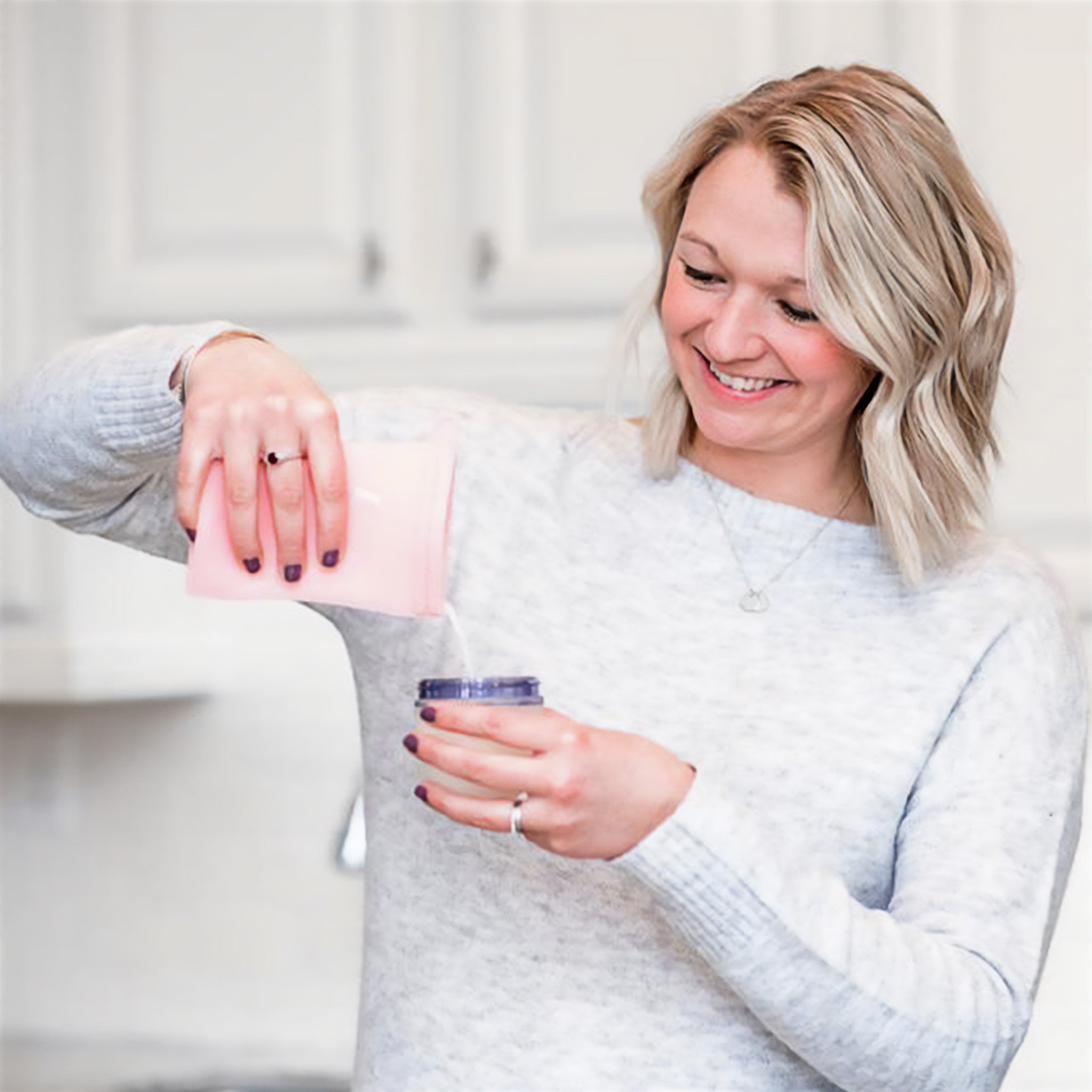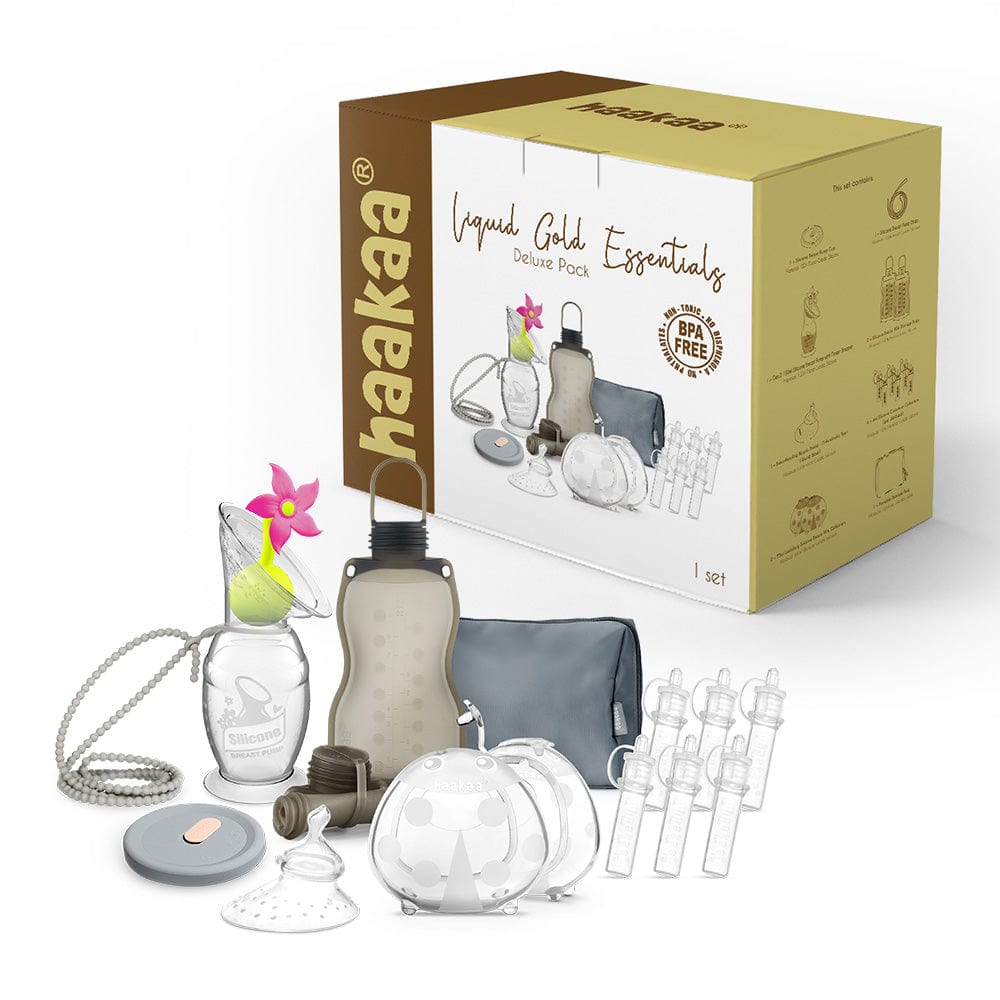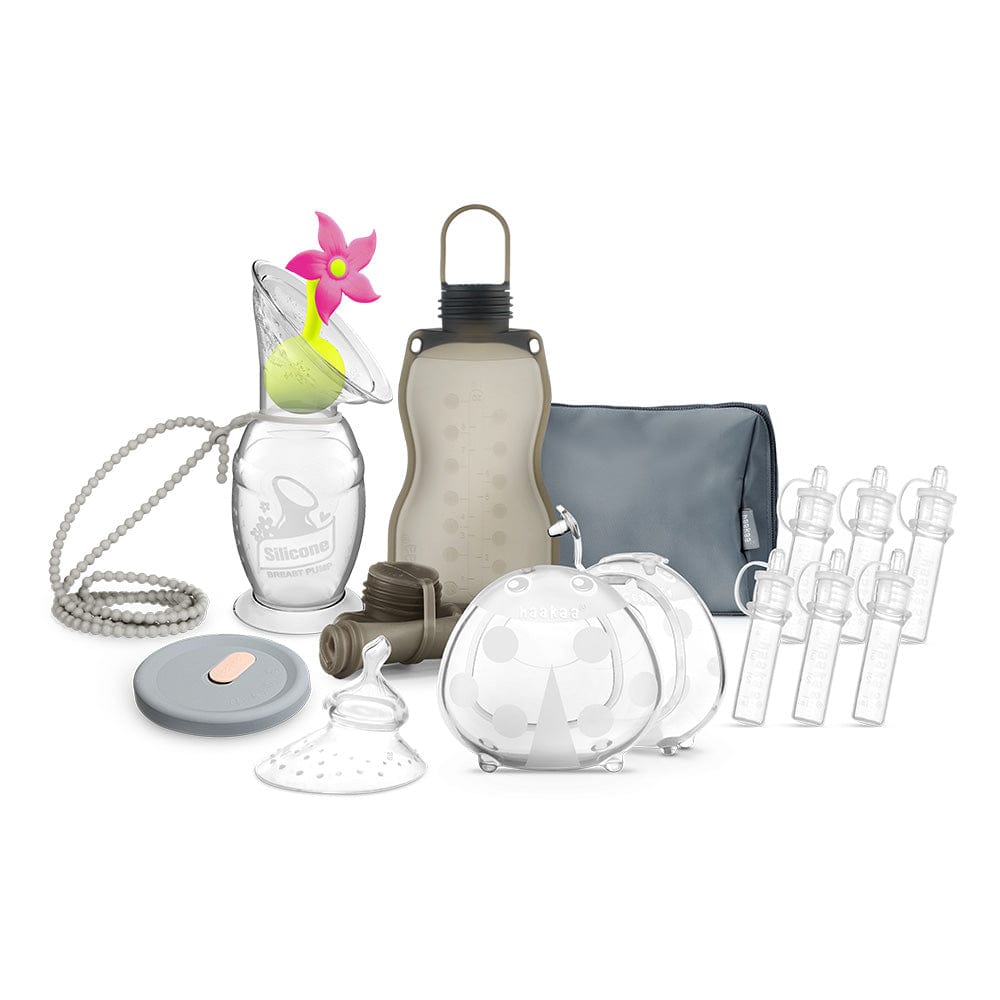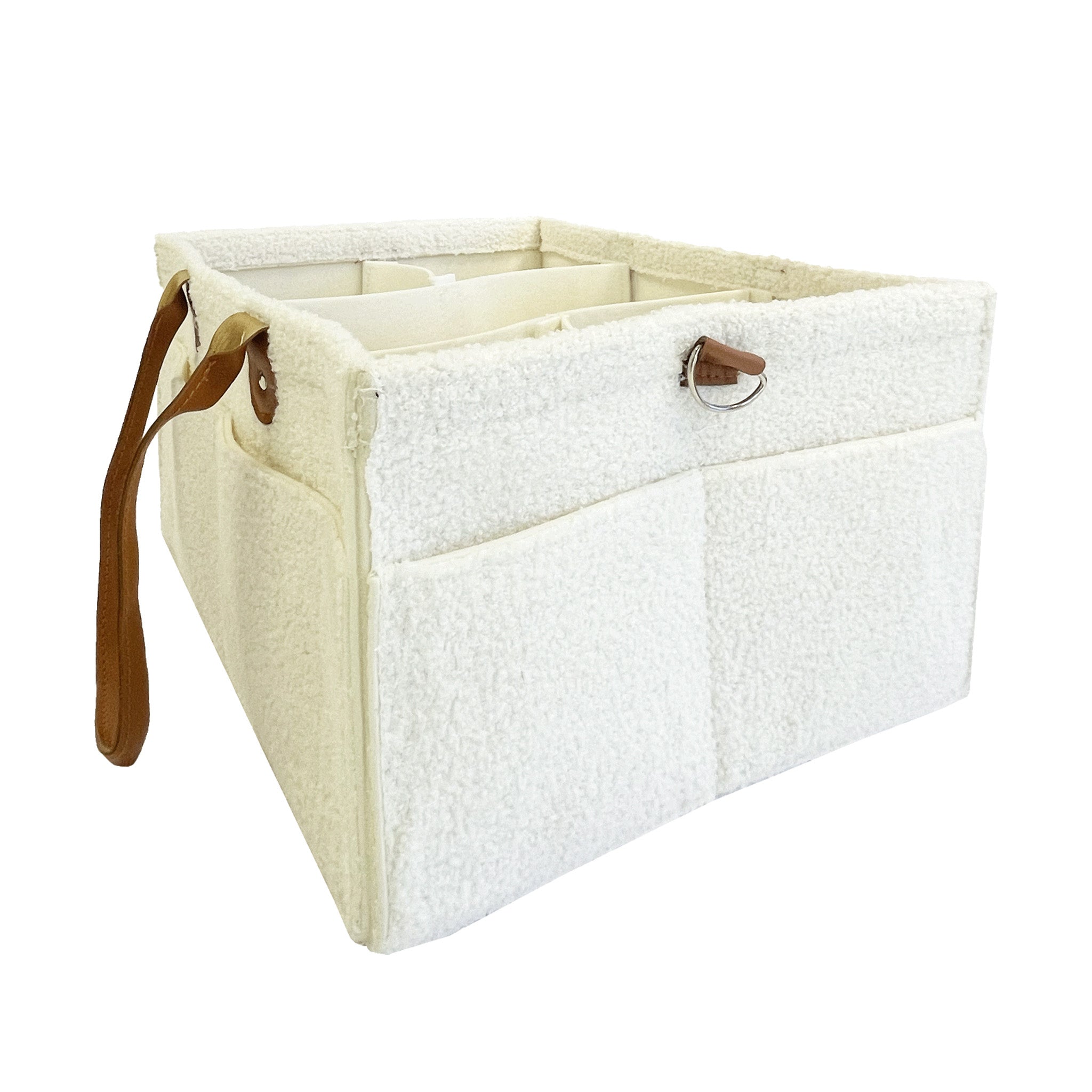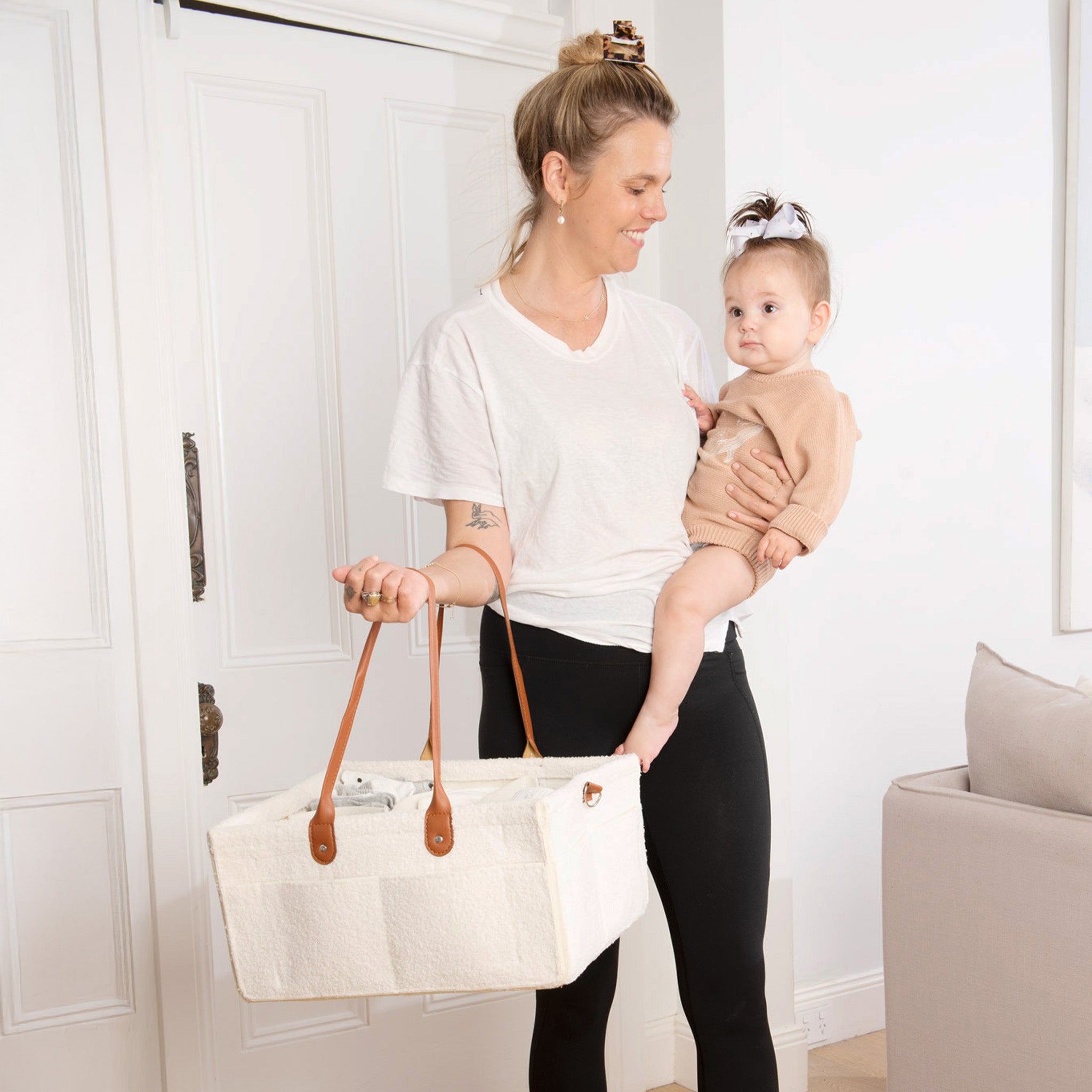Welcome back to our 'Milkbar Mamas' series where we speak to women all over Australia about how breastfeeding unfolded for them because nothing #normalisesbreastfeeding more than writing, speaking and sharing all things boobin' related.
From first time mamas to exclusive pumpers, those battling over and under supply, tongue ties, mastitis and everything in between, we are SO excited to share their words and experiences with you. We hope these stories will inspire, give you some tips for your own breastfeeding experience and help those walking a similar path to feel less alone.
Danielle's Story: Becoming an Exclusive Pumper
While we often spend some time preparing for how we will feed our baby after birth, we usually consider that we will be breastfeeding or bottle feeding (or sometimes, mixed feeding). As many mamas can attest however, our feeding journeys often don't end up being quite as straight forward as that. This was Danielle's experience after the arrival of her baby girl. A number of issues in the early days and weeks after birth saw Danielle end up choosing a third, less common way of feeding her bubba; exclusive pumping.
Birth and breast refusal
For some new mamas, breastfeeding after birth falls into place relatively easily. This was Danielle's initial experience in the first day or two after the birth of her baby. "I had a great milk supply that came in relatively quickly which was a relief as I was told by quite a few people that because I have PCOS, I could potentially have a low supply," says Danielle. "My daughter was also feeding really well, until all of a sudden, she started her breast refusal."
Breast refusal is where a baby struggles or refuses to attach to the breast. While relatively common in newborns, it is often a sign that something isn't quite right. For Danielle and her daughter, that something was a tongue tie. "My daughter was diagnosed with a tongue tie by the paediatrician the morning after she was born but at that point there were no feeding issues so he saw no reason to clip it," remembers Danielle. That all changed on Day three when bub began to refuse the breast at every feed. "The paediatrician was asked repeatedly by the midwives to clip the tongue tie as they thought it was causing the issue, but he refused. At this point, I was trying to breastfeed but could only get her on for a few minutes, if that."
Enter the pump
While she continued to try and breastfeed her baby, utilising every possible position and technique, Danielle began to pump regularly alongside feeding. "The midwives were astounded at how much milk I was able to pump so early postpartum," she recalls, "My oversupply allowed me to get ahead of my daughter’s intake quite quickly." This ended up coming in useful as Danielle left the hospital 'triple feeding', where you breastfeed, pump then feed bub the pumped milk. And yes, it's as exhausting and time consuming as it sounds!
At one month, Danielle was able to get her daughter's tongue tie clipped and work with a friend who was an IBCLC. For a short period post tongue tie revision, Danielle had success using the Haakaa Breastfeeding Nipple Shield though there were some concerns regarding bubs weight gain. "During this time we were having regular checkups with the doctor as she wasn’t putting on as much weight as she should have been when breastfeeding," remembers Danielle. She was also experiencing some of the side effects of an oversupply of milk and a bub who struggled to drain the breast. "I suffered some severe clogs because my daughter could not drain me effectively with or without a nipple shield," Danielle says. "The only thing that saved me was the LaVie Lactation Massager. I had tried absolutely everything and this was the only thing that busted this giant clog. Without it I would’ve definitely gotten mastitis."
As Danielle struggled with her supply and triple feeding, her Doctor was still concerned with her baby's weight. "He told me I needed to make a choice," says Danielle. "I could continue triple feeding or adding in formula top ups, or I could switch to exclusively pumping." Completely exhausted and overwhelmed, Danielle decided that choosing one method of feeding was going to be the best option for her little family, and, at eight weeks postpartum, she committed to exclusive pumping.
A new path
Exclusive pumping is not hugely common here in Australia and there is a lot to learn for mamas on that path. Danielle began researching during the period where she was triple feeding as she thought that exclusive pumping may have been in her future. With that being said however, she still felt that she was slightly in the dark as what it actually all meant. "Pumping is such a steep learning curve and you’re also battling all of people‘s misconceptions of it as well," says Danielle. "There is so little information about it in Australia so you definitely feel like you’re all alone." It's one of the reasons why Danielle created her Instagram page, To The Pump and Back, so other mums could find Australian accessible products, support and information. Danielle was also working through the huge emotions that come with stopping direct breastfeeding and switching to a different feeding method, something that almost all mums have experienced at one stage or another. "I felt confident in my journey moving forward," she says, "but devastated that my direct breastfeeding journey had not succeeded."
Becoming a successful mother pumper
Making the decision to exclusively pump is tough, as is actually putting the plan into action. Prior to the switch, Danielle was only pumping a few times a day, usually during or after a feed. When she shifted to EP-ing, her pumping frequency had to increase significantly. "Once I committed to exclusively pumping, I started pumping every two hours during the day and when my baby woke overnight which was pretty wild," says Danielle. "I also knew I had to increase my supply as exclusive pumpers need to build up or at least try to build up as much of a supply as possible to meet babies needs until they start decreasing their milk intake."
Some handy hints from her IBCLC friend and investing in the right gear helped hugely. "My IBCLC friend told us that we only had to wash breastmilk bottles and pump parts with warm soapy water, rinse and air dry and that was pretty revolutionary because we were sterilising after every use," says Danielle. Danielle also researched and stocked up pumping bras, the right kind of electric pump and other essentials to make life that little bit easier.
Danielle is well established in her pumping journey now and while she says there are certain things she misses about breastfeeding directly, her decision to move to exclusive pumping has been a good one for both her and her baby. "Once I committed to exclusively pumping, my daughter started putting on weight and we were much better off, mentally," says Danielle. "I miss the ease of those couple of weeks I did breastfeed with a shield where there was so little washing up and going out didn’t entail as much packing and preparation but there are a lot of positives to pumping!"
Danielle's Top Tips for Exclusive Pumpers
- Get a hands-free pumping bra like the Pump Strap
- Invest in a small, powerful and portable electric pump like Lactivate ARIA Wearable Breast Pump
- Start double pumping as soon as possible with the correct flange size
- Use the 'fridge hack' where you store your pumping parts in a tupperware container in the fridge between sessions
- Sterilising isn't necessary unless you have a premature or immunocompromised baby
- Explain to your partner and people around you why you're exclusive pumping and how they can support you.
You can find Danielle on her Instagram account To the Pump and Back where she shares her experience as an Aussie exclusive pumper.

